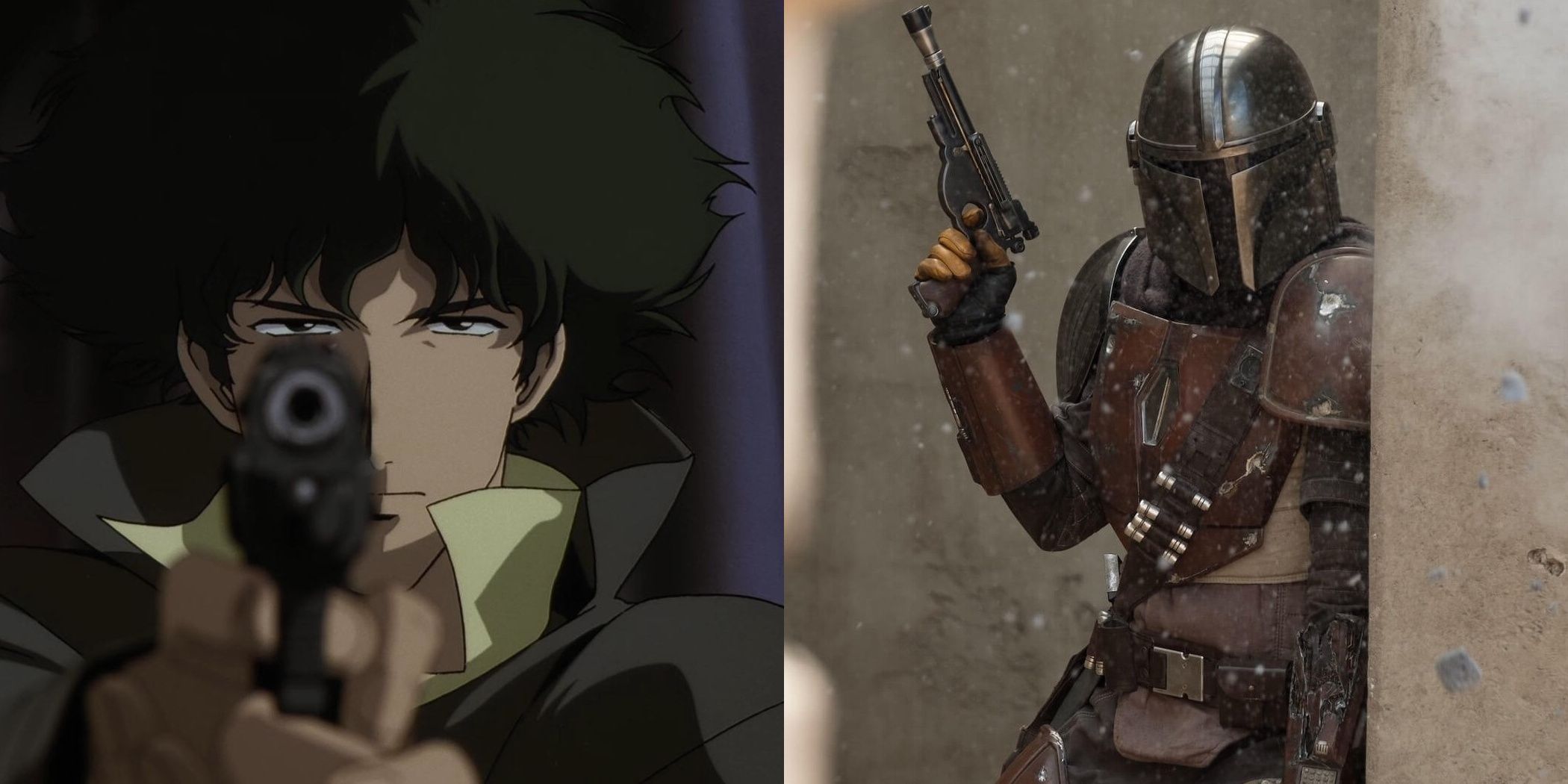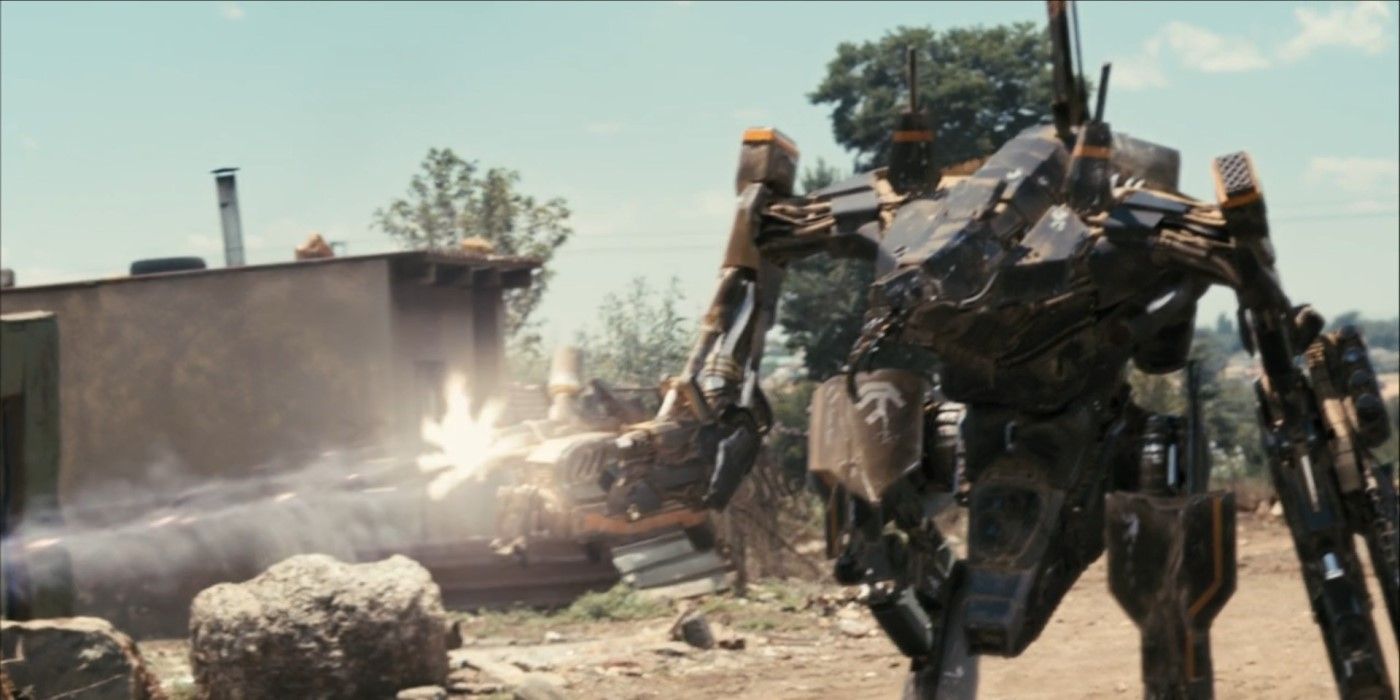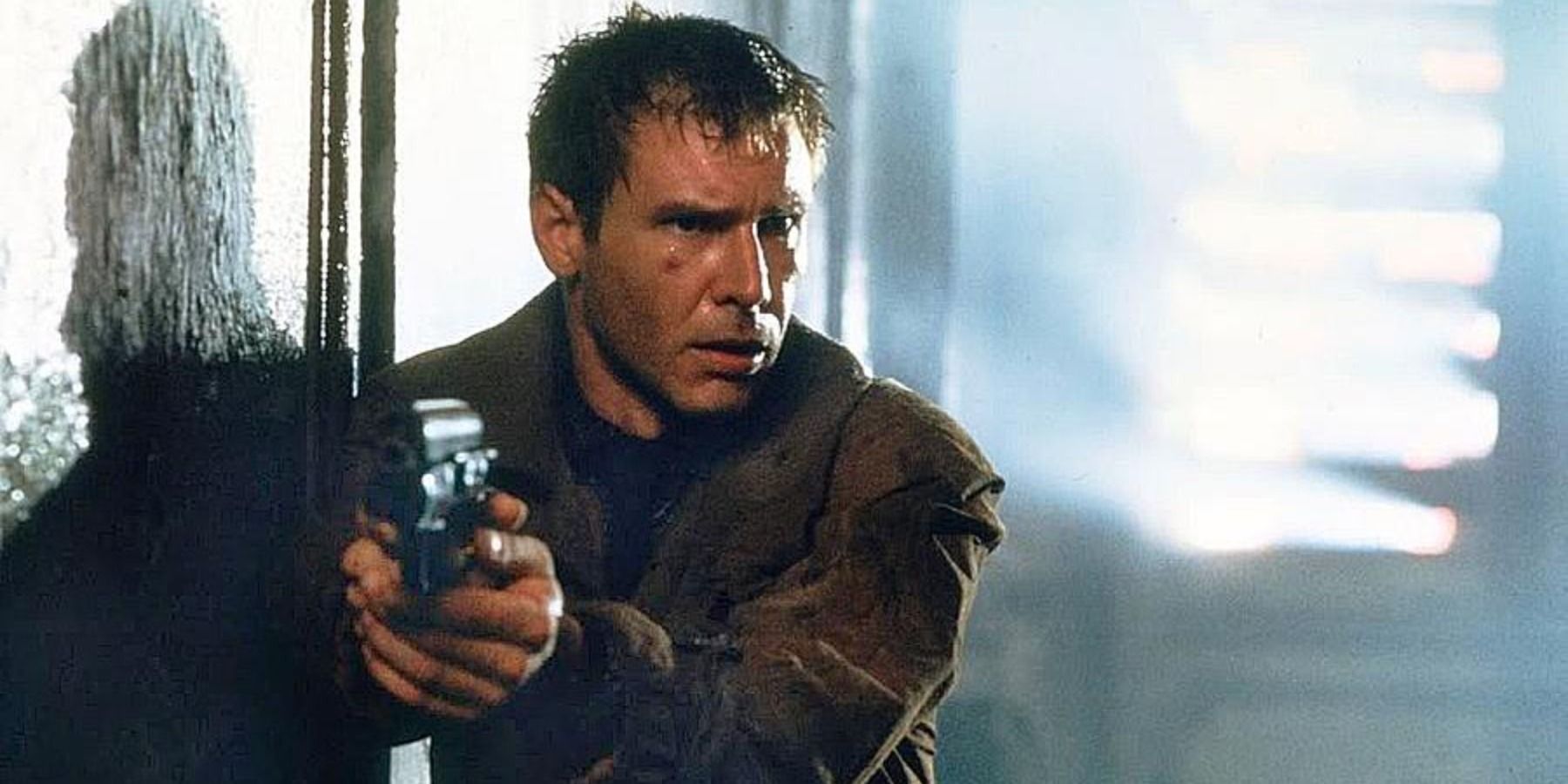Science fiction is an art form that asks its creators to imagine the distant future or the far outer reaches of space, and there are countless ways technology could evolve. When crafting an action narrative in the future, an author has to consider the weapons they'll arm their heroes and villains with.
The gun has a strange place in modern action media. Once considered less technically interesting than the sword or the fist, modern blockbusters create balletic displays of choreographed violence with a firearm or two. When sci-fi fans picture an archetypal gun for the genre, some see a battery-operated plasma cannon, while others picture something one could buy at a local home defense outlet.
Firearms have evolved a lot since their origin in the early 10th century. From the fire lance of China to the muskets of the Renaissance, to six-shooters of the old west, all the way to modern assault rifles. Comparing the gun of today to that of two or three hundred years ago demonstrates how countless creators have iterated on the original concept to create something new. But, even through those different iterations, the firearm is still the same idea. Graduating from a powder-activated explosion that fires a projectile to a laser gun is a radical change, but it's one mankind has been trying to make for generations.
In real life, lasers are still in an experimental stage, and their usefulness in real-world combat is dubious. But, in sci-fi, it's the go-to option for a ton of creators. Lasers are typically portrayed as more deadly and less convenient than traditional firearms. Sometimes laser weaponry will have some form of limitation, like a massive battery pack or a risk of volatility. Other stories might see lasers as the more convenient option, given the ammo and stopping power limitations of firearms. Though both might be present in a work implicitly, most sci-fi franchises pick one of the two and stick with it. There are a few things that can be gleaned from a work of science fiction when the author picks one or the other, or even both.
The most obvious implication of using lasers or firearms is that the former makes a work feel more futuristic than the latter. If the viewer sees a laser pistol that looks as portable and efficient as a modern handgun, they can safely assume that they are either dealing with the distant future or an advanced alien race. The not-too-distant future would be more likely to use firearms, maybe even guns that look very similar to the ones that are available today. This can be an immediate signifier of the era or the scientific capabilities of the parties involved.
Choosing a firearm or laser weaponry also sets an expectation of tone and grittiness. A laser gun is always more fanciful and less explicit. A work of sci-fi that is aimed at children has to go with lasers to avoid the appearance of unacceptable violence. Many lasers in film and television automatically cauterize the wounds they cause, saving the victim from any blood and gore. This allows for a violent death that still doesn't run afoul of most censorship guidelines. If a sci-fi work wants to deliberately evoke the violence of earlier eras, a firearm is the way to go. Whether that means space western or neo-noir, firearms are integral to a variety of classic genres. Sci-fi loves to take existing concepts and launch them into space, and doing so often means maintaining the era's weaponry. When a viewer sees a realistic gun in a sci-fi work, they can expect a more unflinching take on violence.
Works of science fiction rarely justify their choice within their universe. Often, if a work does mention both firearms and laser-based weaponry, it will have to deal with what benefits and weaknesses each option possesses. For example, Star Wars does feature firearms, but they've never made an appearance in the film or TV projects. Blasters are the weapon of choice for most, but lightsabers can easily deflect blaster fire, so when the Mandalorians do battle with Jedi, they use "slugthrowers". These weapons are firearms, and their lead projectiles can only be divided and superheated by a lightsaber, making them additionally lethal. In Star Trek, shield technology has rendered projectile weaponry useless in anti-personnel combat, but an episode of DS9 introduced a serial killer who used a sniper rifle and a transporter to get around defenses.
The long-lived war between firearms and laser munitions doesn't have a winner or a loser. A creator has countless options when it comes to arming their heroes and villains. Choosing a central weapon for a sci-fi universe is a huge part of writing sci-fi action, and it's always interesting to see the narrative justify itself. Whether it's laser or lead or both or neither, sci-fi action has endless interesting directions to explore.






